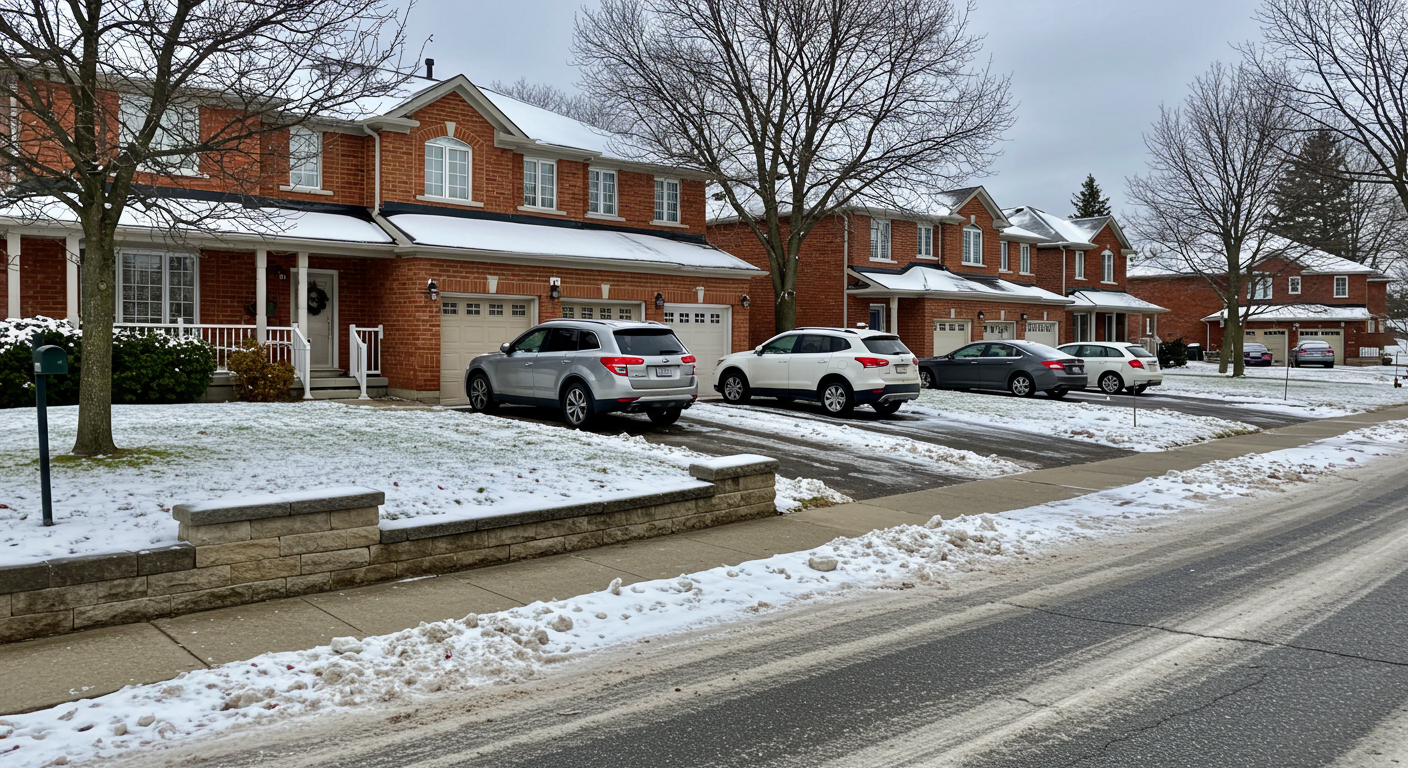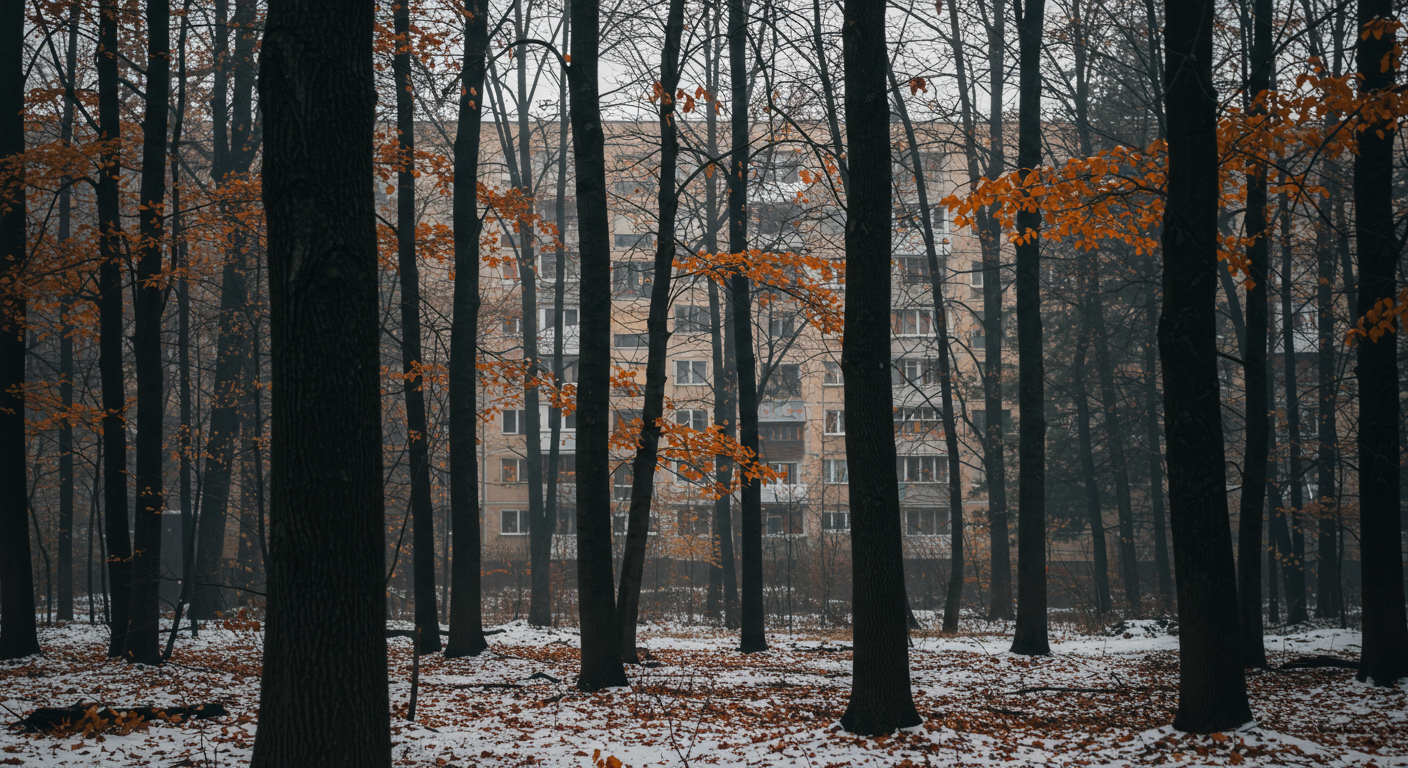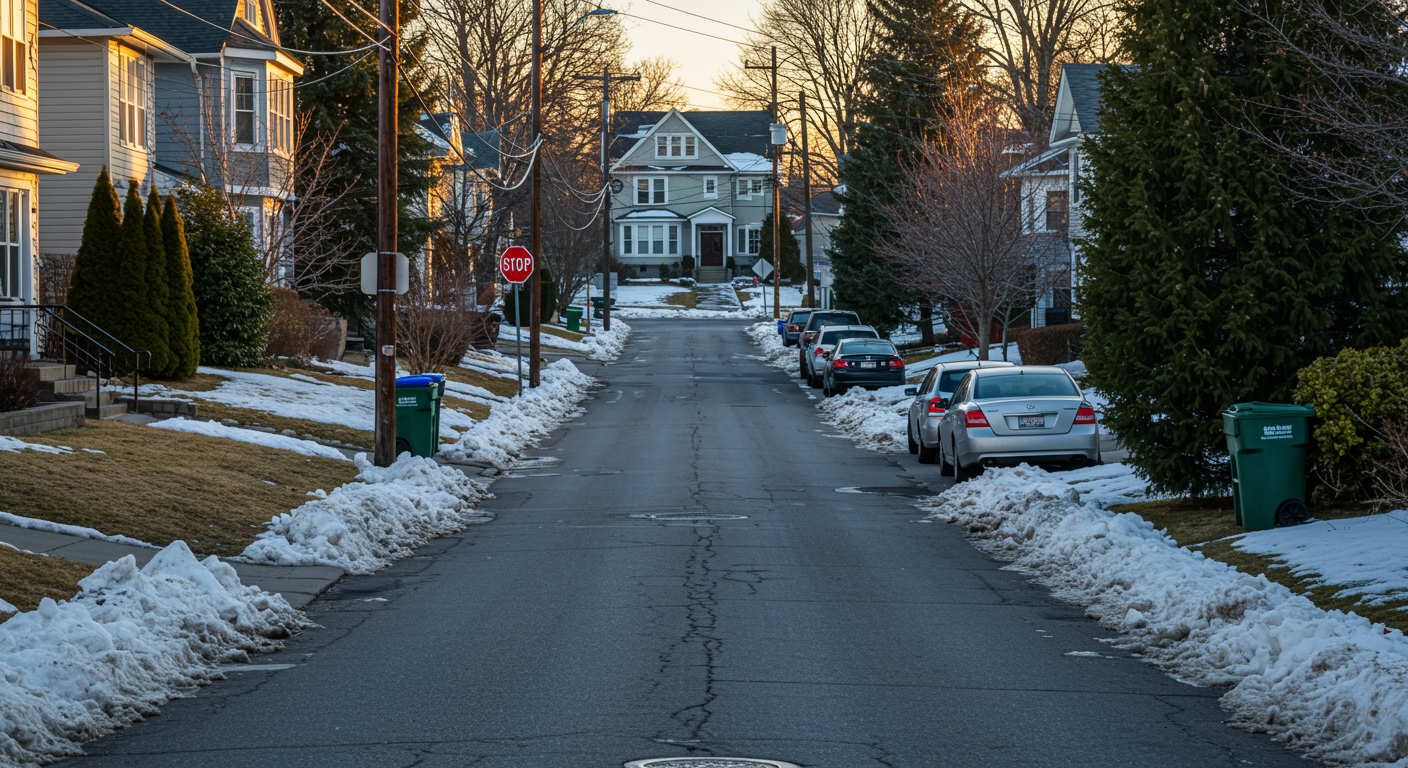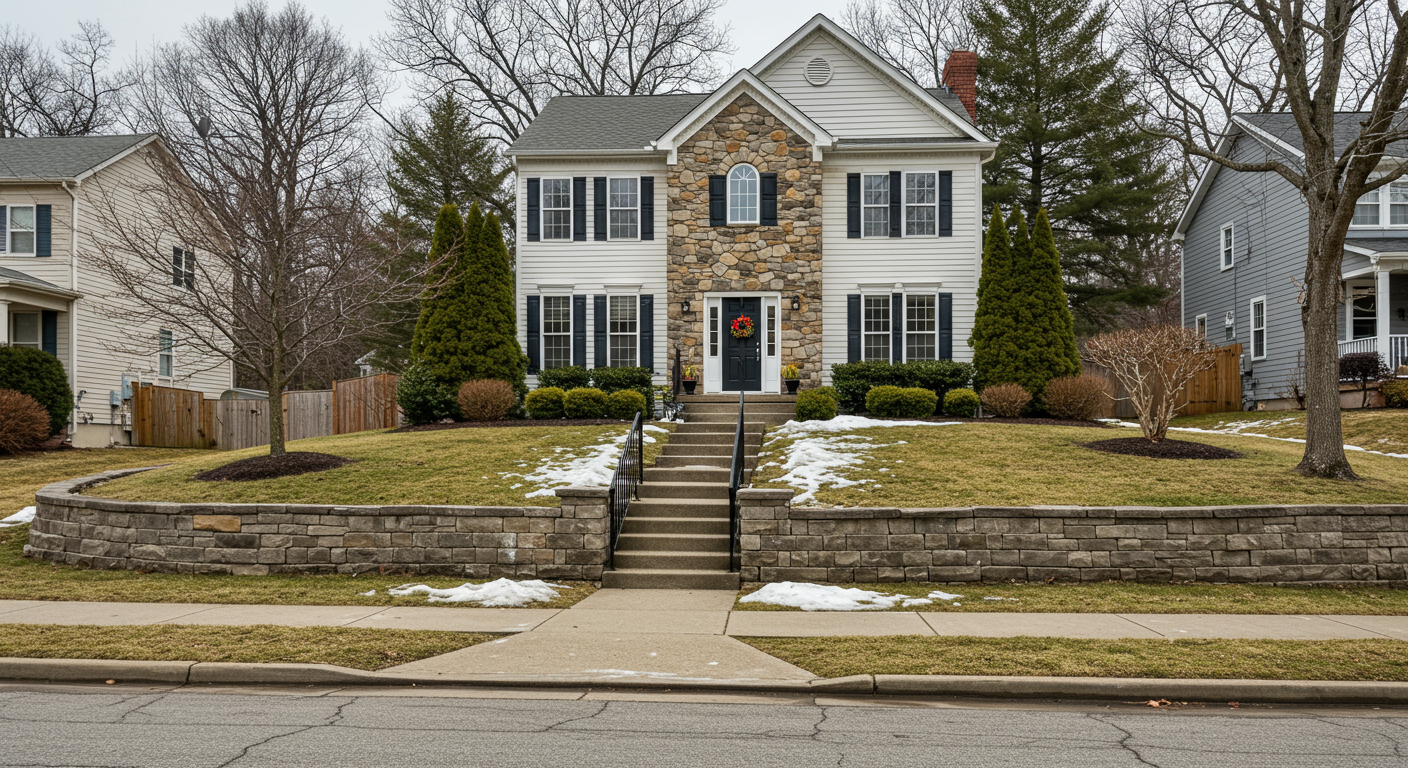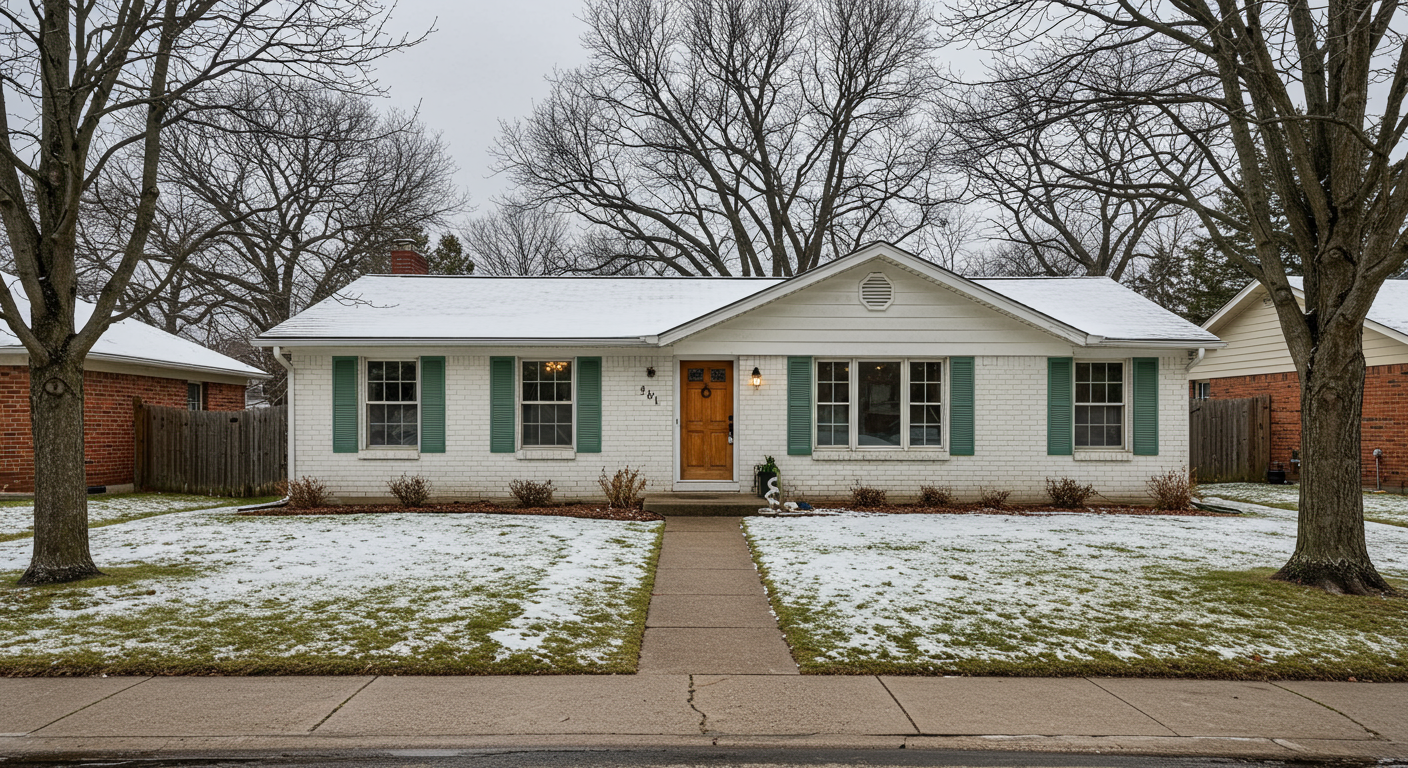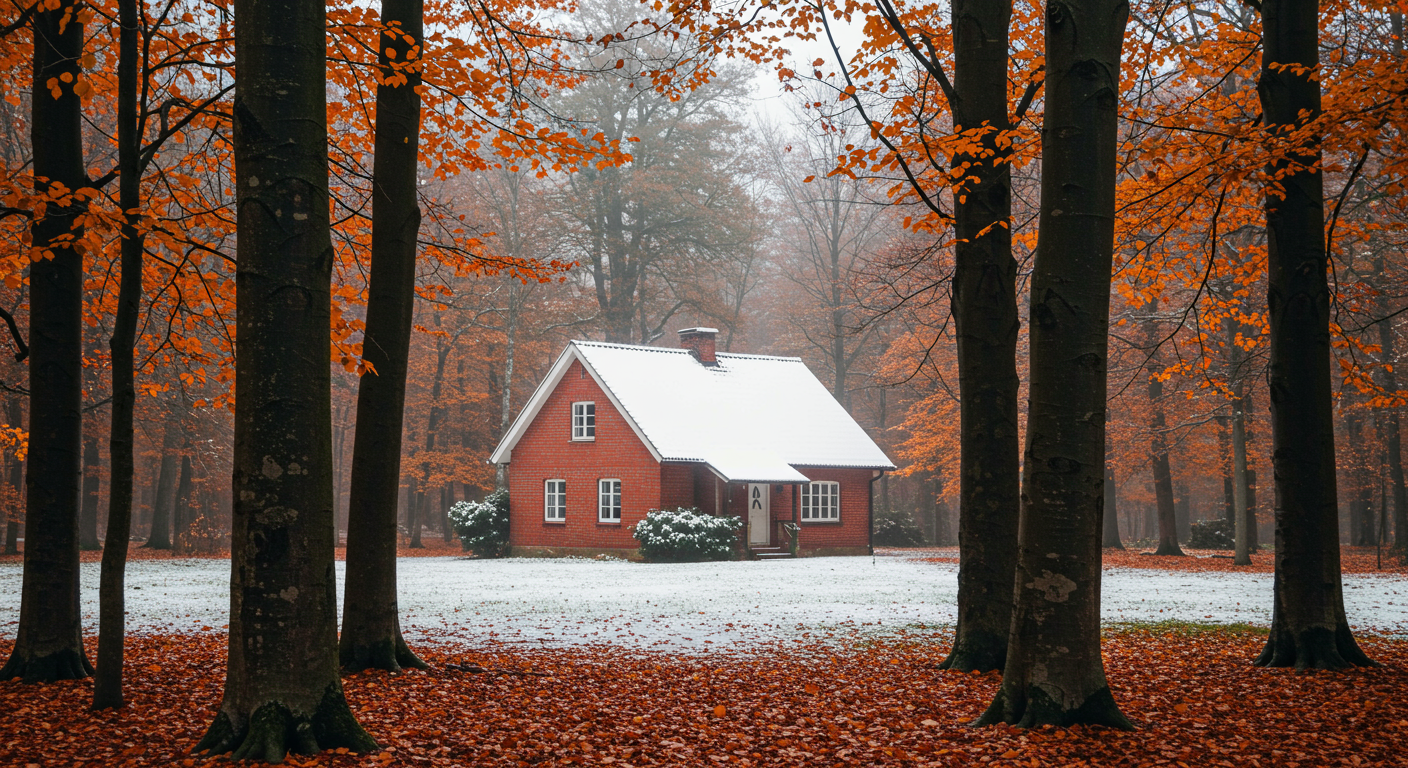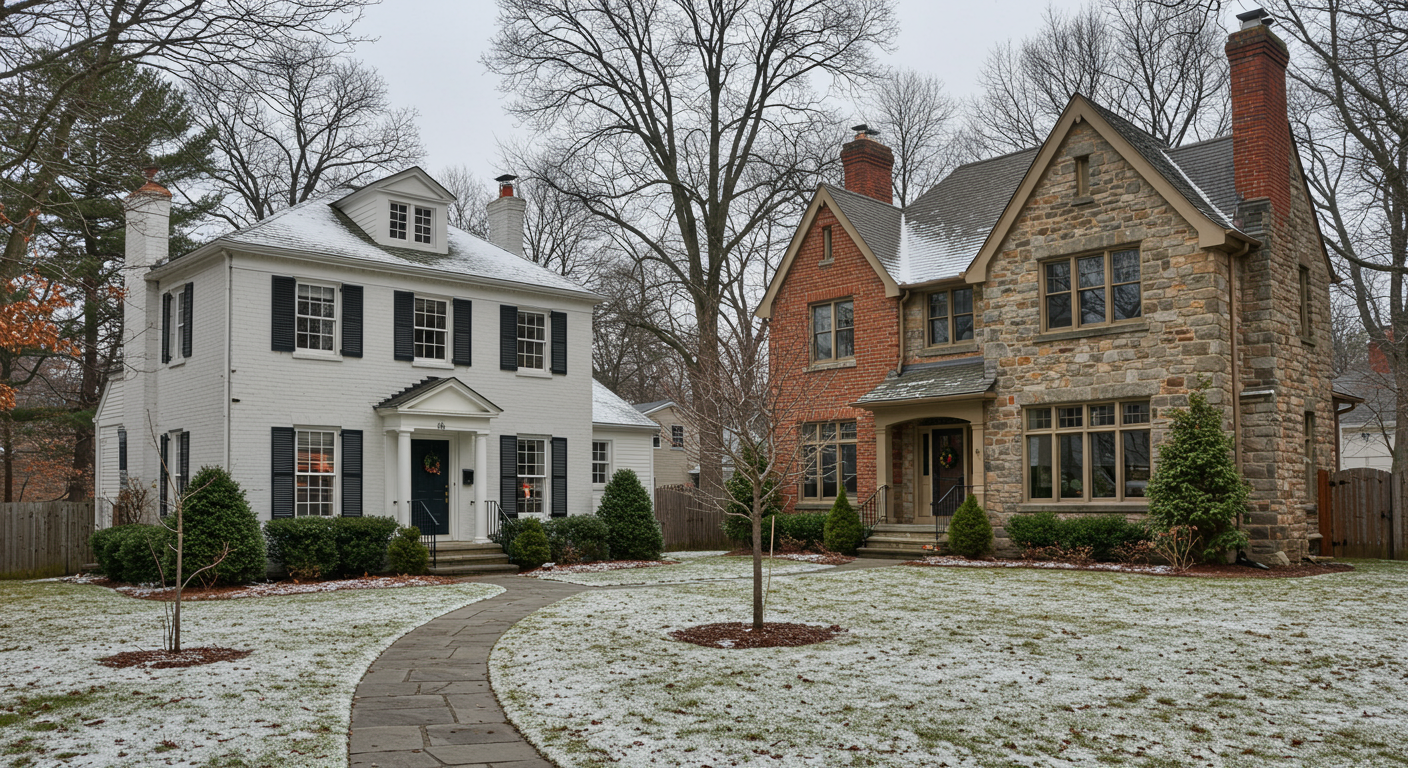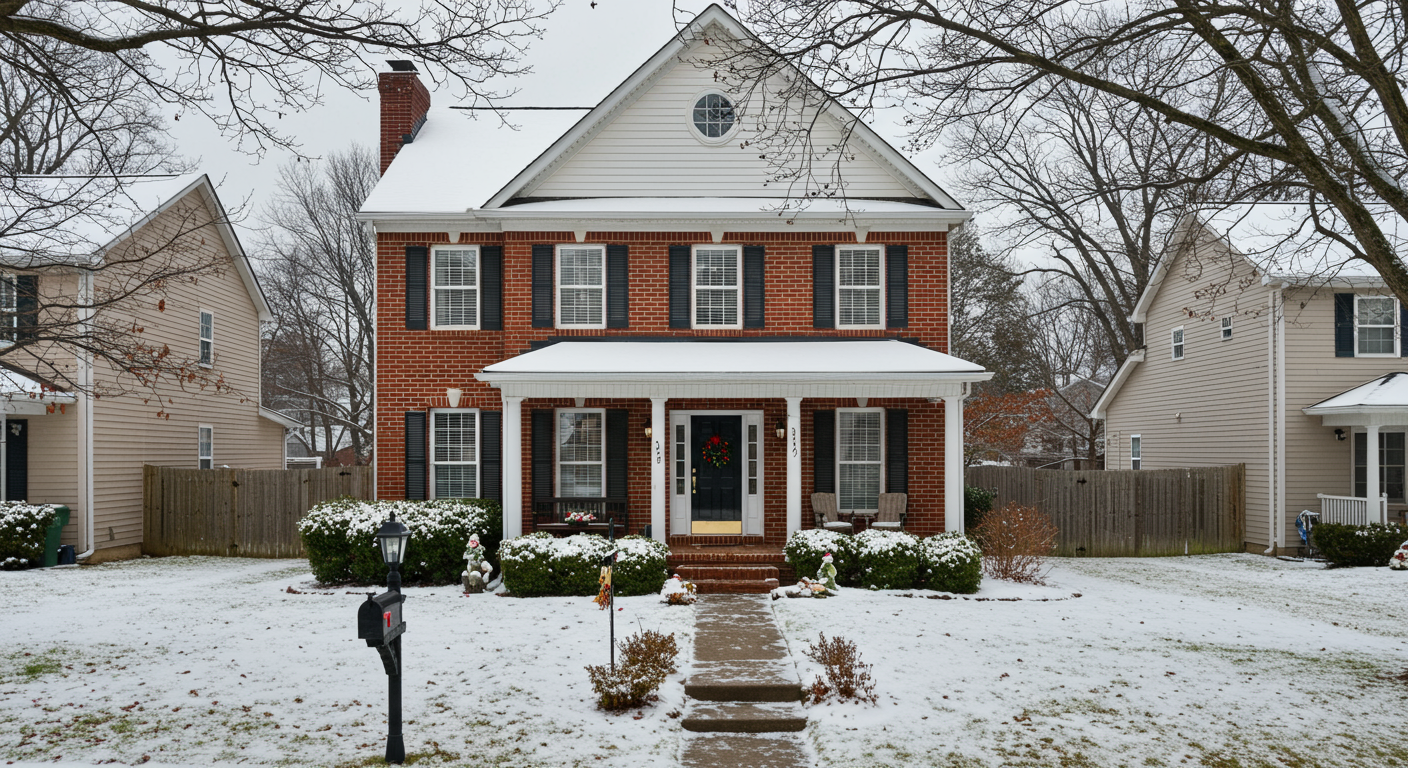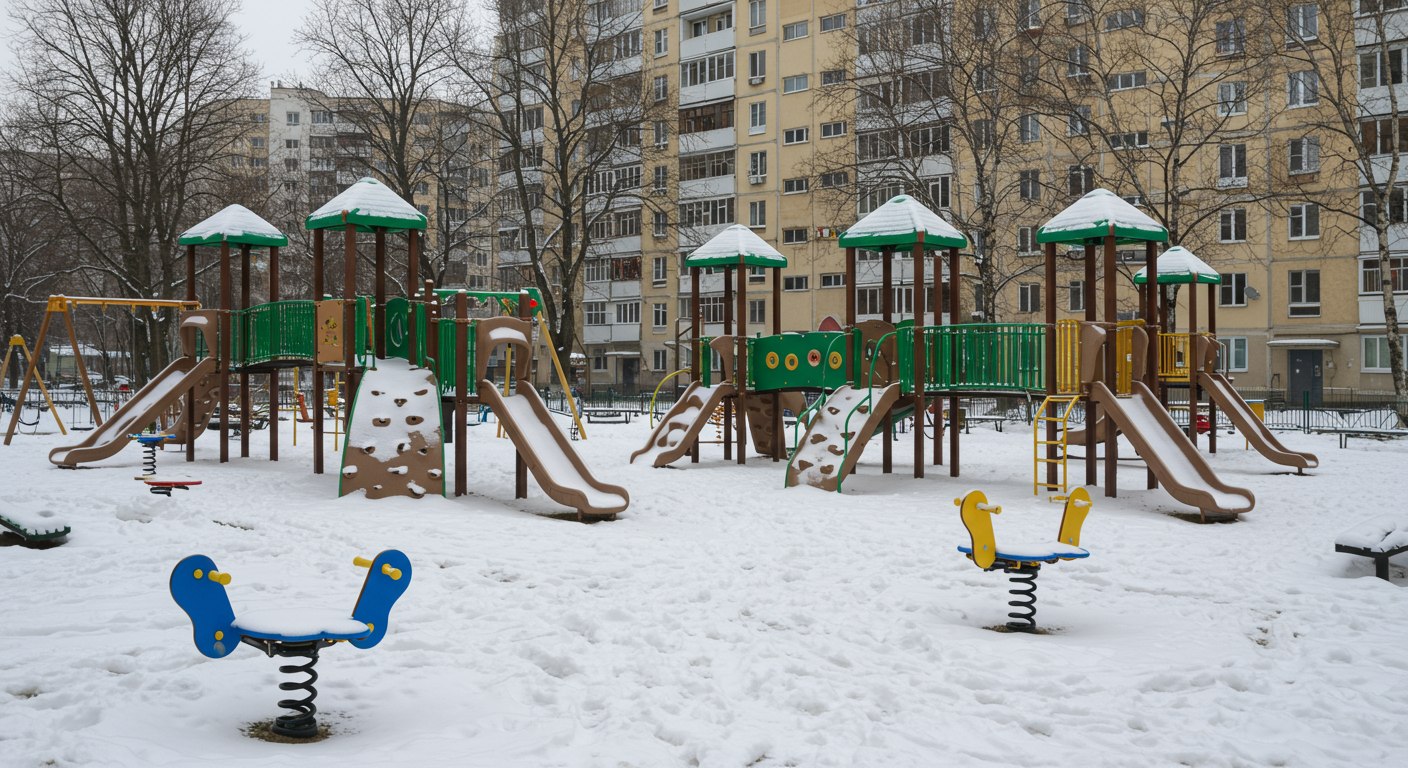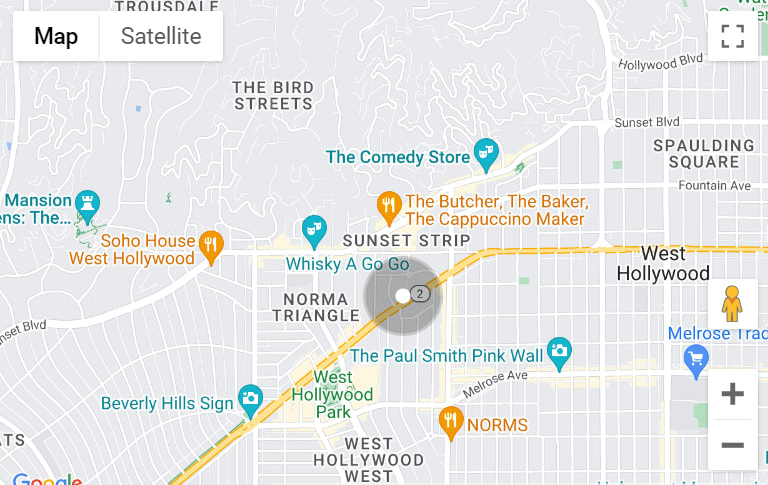Access to Rock Creek Park and its proximity to downtown are this community’s biggest draws.
Situated near Chevy Chase and Connecticut Avenue, Forest Hills, as the name implies, is a leafy, established neighborhood in Northwest Washington that boasts Rock Creek Park as its back yard, said Erich Cabe, a real estate agent with Compass. Justin T. Gellerson/For The Washington Post.
“A lot of potential buyers really appreciate the access to Rock Creek Park and how quickly you can travel downtown. You can walk to the Metro and surrounding parks while still being in a private and secluded setting,” said Cabe, who also noted that the community’s designation as an official Tree and Slope Protection Overlay District helps protect the character of the neighborhood by limiting the height of buildings and mandating the maximum ground coverage for individual lots. (Justin T. Gellerson/For The Washington Post)
Ken Sands, who has lived in the late-1970s, 2,800-square-foot, four-bedroom, four-bathroom contemporary on 30th Street in Forest Hills since 2007, said he loves the mature trees and access to great retail stores that come with living in the neighborhood. (Justin T. Gellerson/For The Washington Post)
But what Sands relishes most, he said, are his morning commutes because, in a city known for stressful trips to work, his is quick and relatively carefree. (Justin T. Gellerson/For The Washington Post)
Sands works in the West End and said he can get to his office in less than 15 minutes, which “by D.C. standards is an excellent commute.” (Justin T. Gellerson/For The Washington Post)
“I’ve lived in two places in Forest Hills and I wouldn’t want to live anywhere else,” he said. “The only downside is that for some strange reason people have dogs that bark,” said Sands, with a chuckle. (Justin T. Gellerson/For The Washington Post)
Matthew Dreher, who’s lived in Forest Hills for three years, said that he discovered the neighborhood while visiting a friend who lived there. (Justin T. Gellerson/For The Washington Post)
Dreher was ready to leave his apartment on Capitol Hill and liked the fact that Forest Hills offered easy access to restaurants and that he could walk to a grocery store in five minutes, he said. The neighborhood, he said, has exceeded his expectations. (Justin T. Gellerson/For The Washington Post)
Forest Hills is roughly bordered by Nebraska Avenue on the north, Rock Creek Park on the east, Tilden Street on the south, and Connecticut Avenue on the west. (Justin T. Gellerson/For The Washington Post)
In the past 12 months, 29 properties have sold in Forest Hills, ranging from a 1,725-square-foot, three-bedroom, three-bathroom rambler for $851,000 to a 7,390-square-foot, five-bedroom, five-bathroom Colonial for $3.7 million, said Cabe, the real estate agent with Compass. (Justin T. Gellerson/For The Washington Post)
There are two homes for sale in Forest Hills, a one-bedroom, one-bathroom condominium for $275,000 and a 3,500-square-foot, five-bedroom, five-bathroom Colonial for $1,399,000. (Justin T. Gellerson/For The Washington Post)
In the early 2000s, as Kevin Batteh’s three children approached school age, the realities of living in the District’s Shaw neighborhood — from the lack of available parking to small yards and busy streets — became more difficult to ignore. (Justin T. Gellerson/For The Washington Post)
So Batteh, who envisioned his children playing on a cul-de-sac and walking to school, set out in search of a neighborhood that better fit his ideal. (Justin T. Gellerson/For The Washington Post)
He landed, after a tedious search, in Forest Hills. (Justin T. Gellerson/For The Washington Post)
“Forest Hills has a suburban kind of feel, but you still have the benefits of city living with bigger lots and more space. We don’t have to stress about where we’re going to park our car when we get home,” Batteh said. (Justin T. Gellerson/For The Washington Post)
